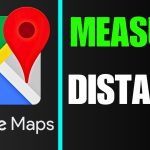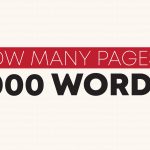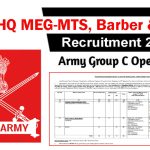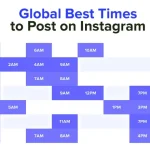Different fonts and sizes can significantly impact the appearance of text on a page. For instance, a document written in a larger font size will occupy more space, resulting in fewer words per page. Conversely, smaller font sizes can fit more words on a single page.
Common fonts like Arial, Times New Roman, and Calibri are often used in academic and professional settings due to their readability and standardization. However, decorative or specialized fonts may alter the page layout and affect word-to-page conversion.
Line Spacing:
Line spacing refers to the vertical distance between lines of text within a paragraph. Single-spacing, double-spacing, and 1.5 spacing are typical options found in word processing software.
Double-spacing is a common requirement for academic papers and manuscripts, providing ample room for annotations and feedback. In contrast, single-spacing can compact text and increase the number of words per page.
Margins:
Margins define the empty space surrounding the text on each page. Standard margins are typically set by default in word processors but can be adjusted according to formatting guidelines.
Wider margins create more white space and can affect the overall appearance of a document. Narrower margins may result in denser text and slightly more words per page.
Formatting Style:
Different writing styles, such as MLA (Modern Language Association), APA (American Psychological Association), and Chicago, have specific guidelines for formatting documents. These styles dictate aspects like citation format, headings, and spacing, which can influence page layout.
Adhering to a particular formatting style is essential for academic integrity and professional presentation. However, the choice of style may impact the overall page count of a document.
Calculating Pages for 3000 Words
Now that we’ve explored the factors influencing page count, let’s apply this knowledge to determine how many pages a 3000-word document might span under various conditions.
Basic Assumptions:
Font: Times New Roman
Font Size: 12 points
Line Spacing: Double-spacing
Margins: Standard (1-inch margins on all sides)
Word-to-Page Conversion:
In a standard document with Times New Roman font, 12-point size, and double-spacing, an average of 250 words fills one page. This estimate provides a baseline for calculating page count.
Calculation:
3000 words ÷ 250 words/page = 12 pages (approximately)
“The Evolution of Word Count Standards in Literature: Analyzing the Impact on Page Length” sounds like a fascinating exploration into how changes in word count norms have influenced the physical presentation of literary works. This topic could involve examining historical shifts in publishing standards, technological advancements affecting typesetting and printing, and how these factors have influenced the average page length of literary works over time. Additionally, considering the relationship between word count and reader experience could provide valuable insights into the evolving dynamics between authors, publishers, and audiences
Beyond Words: Exploring Visual Representation in Textual Content and Its Influence on Page Length” sounds like an intriguing research topic! It seems like you’re delving into how the inclusion of visual elements in written content impacts the length of the page or document. Visual representations, such as images, charts, graphs, or diagrams, can often convey complex information more efficiently than text alone. As a result, they might reduce the need for lengthy explanations, potentially shortening the overall length of the content. Conversely, they could also lead to longer pages if they are used extensively to supplement textual information.
Your research could explore various aspects of this relationship. For example, you might investigate how different types of visual representations affect page length, whether certain subjects or genres benefit more from visual aids, or how readers perceive and engage with content that includes visual elements. Additionally, you could examine the practical implications of these findings for content creators, such as considerations for formatting and design to optimize readability and comprehension.
Those sound like fascinating topics! “The Psychology of Page Length” delves into how readers perceive the length of written content and how it affects their consumption patterns. It could explore factors like attention span, cognitive load, and reader expectations.
Meanwhile, “Breaking the Boundaries” sounds like it’s about experimenting with different formatting techniques to manipulate how long a page appears to be. This could involve things like varying paragraph lengths, incorporating visuals, or playing with spacing and fonts. The goal would likely be to engage readers more effectively and perhaps even challenge traditional notions of what constitutes a “long” or “short” piece of writing.






